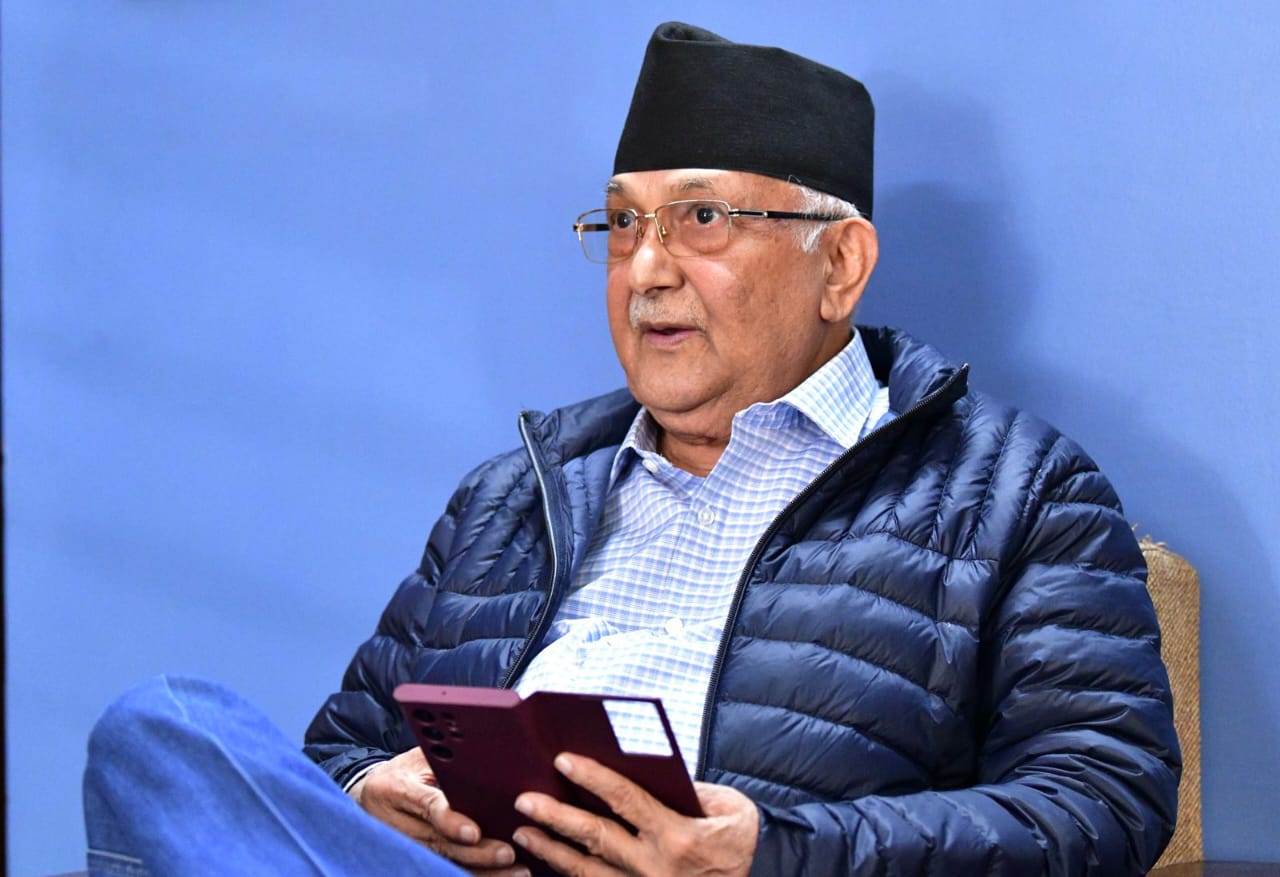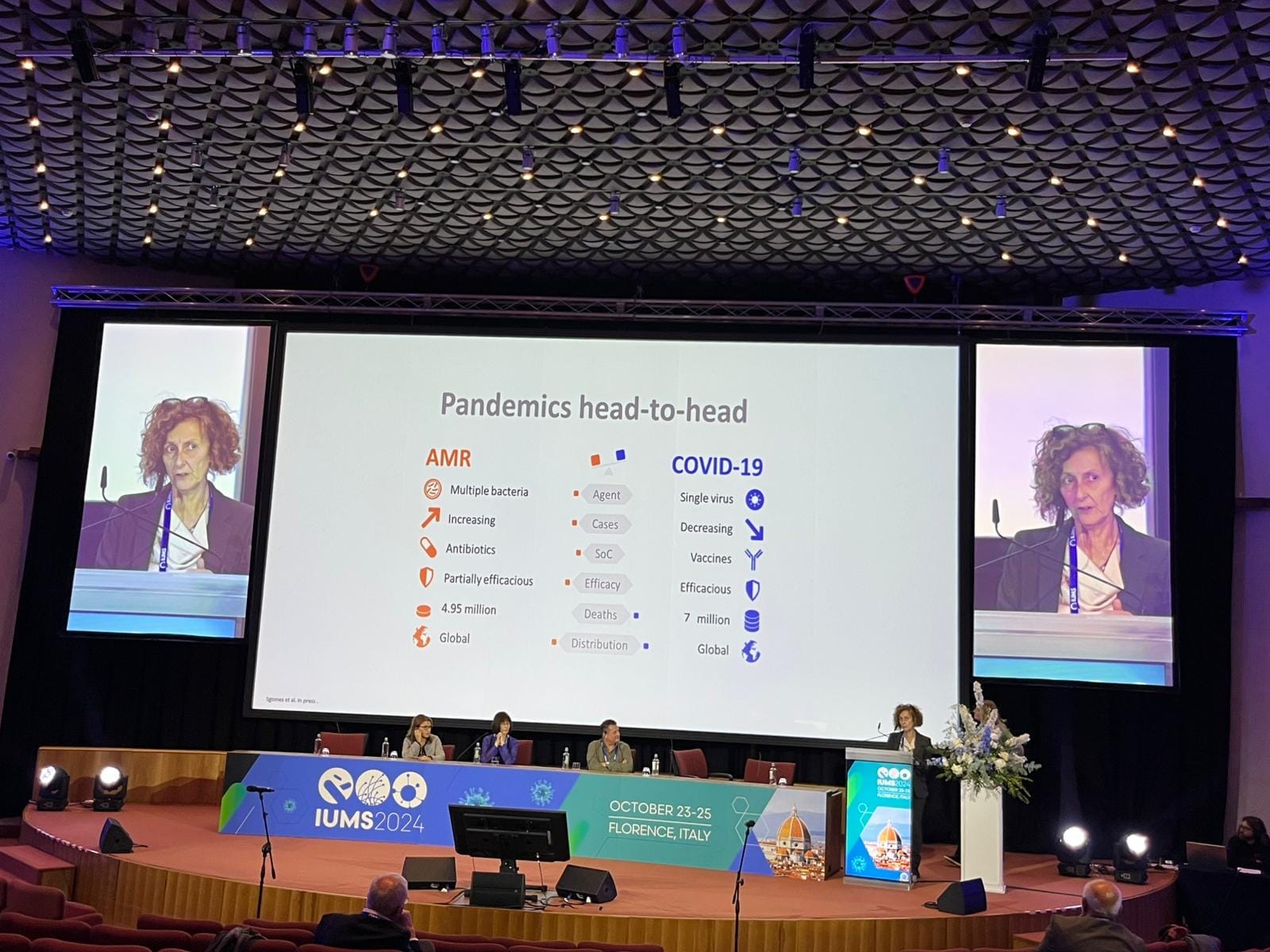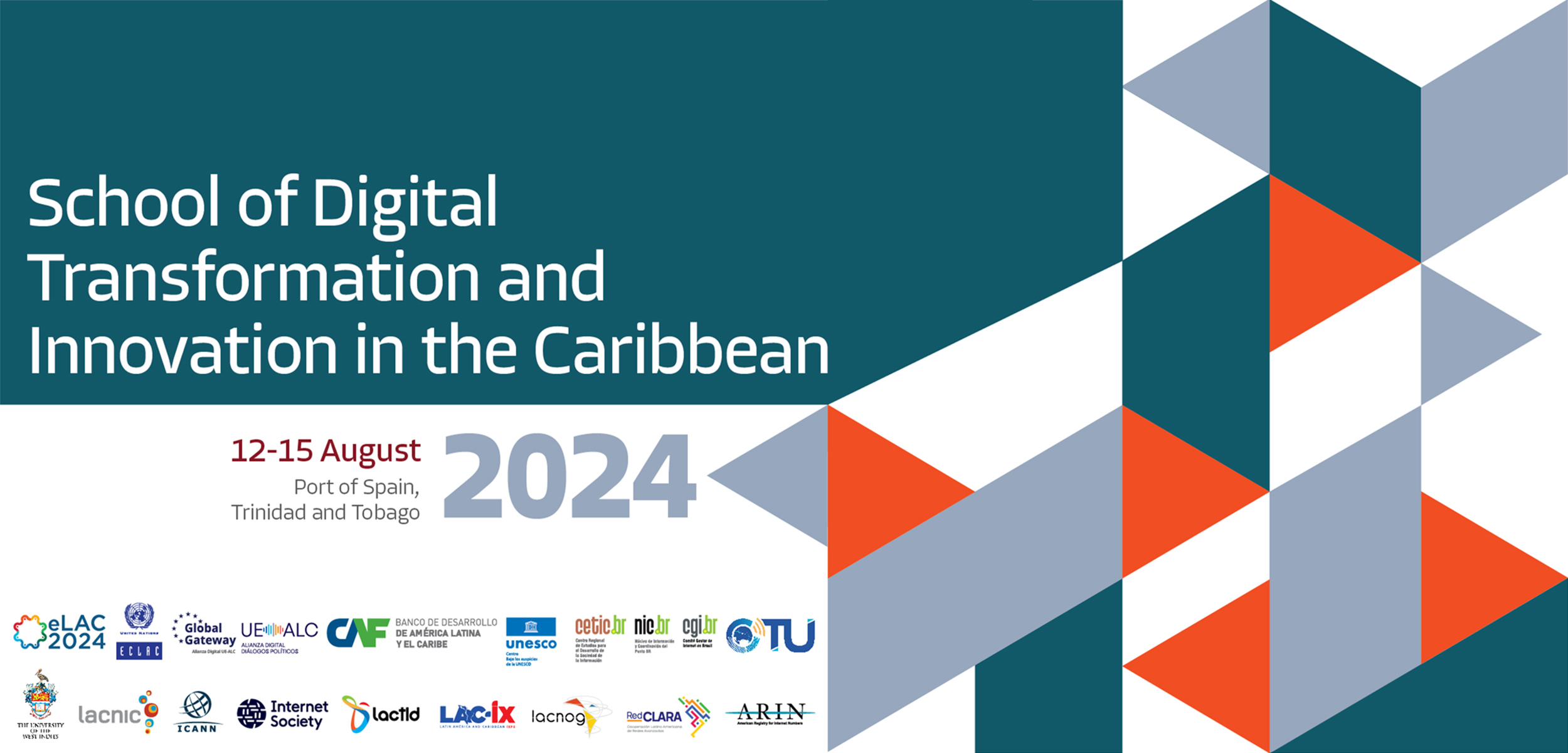Report on Landlocked Developing Countries’ (LLDCs) Pursuit of Sustainable Development Goals
Executive Summary of High-Level Roundtable Address
A high-level address in Awaza, Turkmenistan, underscored the critical role of infrastructure and connectivity in advancing the Sustainable Development Goals (SDGs) for Landlocked Developing Countries (LLDCs). Prime Minister K. P. Sharma Oli of Nepal articulated that sustainable infrastructure, robust connectivity, and seamless transit systems are fundamental pillars for achieving growth, resilience, and economic transformation in line with the 2030 Agenda for Sustainable Development and the Awaza Program of Action.
Structural Challenges to SDG Attainment in LLDCs
The address identified several structural impediments that hinder the progress of LLDCs towards achieving the SDGs. These challenges directly impact the ability of these nations to meet key global targets.
- Lack of Sea Access and Market Remoteness: This geographic disadvantage creates significant barriers to trade, directly impeding progress on SDG 8 (Decent Work and Economic Growth) and SDG 9 (Industry, Innovation, and Infrastructure).
- High Trade and Transit Costs: Elevated costs reduce economic competitiveness and limit participation in global value chains, affecting SDG 10 (Reduced Inequalities) by widening the development gap.
- Limited and Fragile Infrastructure: Inadequate infrastructure undermines economic diversification and resilience, which is a core component of SDG 9. The call for “climate-resilient infrastructure” also highlights a direct link to SDG 13 (Climate Action).
- Restricted Connectivity: Deficiencies in physical and digital connectivity isolate LLDCs, limiting access to global opportunities and knowledge, thereby affecting goals related to education, innovation, and economic partnership.
Strategic Imperatives for Accelerated Progress
To overcome these vulnerabilities, a series of strategic actions were proposed, framing them as urgent imperatives for achieving equity, inclusion, and shared progress as envisioned by the SDGs.
- Invest in Integrated and Climate-Resilient Infrastructure: A primary focus on developing robust infrastructure is essential to connect regions and build a foundation for sustainable industrialization, directly targeting SDG 9 and SDG 11 (Sustainable Cities and Communities).
- Harness Digital Technologies: Leveraging digital innovation is crucial to unlock new economic opportunities and bridge the connectivity gap, contributing to SDG 9 and SDG 17 (Partnerships for the Goals).
- Establish Seamless Transit Systems: Creating reliable, efficient, and predictable transit corridors is necessary to lower trade barriers. This requires simplifying, harmonizing, and modernizing customs procedures to facilitate smoother trade flows.
- Renew Collective Determination and Partnerships: The address called for a renewed global commitment to connect LLDCs physically, digitally, and economically, emphasizing the importance of SDG 17 to ensure no state is left behind.
National Strategy: Nepal’s Commitment to the SDGs
The case of Nepal was presented to illustrate a national commitment to integrating these principles into a development strategy aligned with the SDGs.
- National Aspiration: Nepal’s vision of ‘Prosperous Nepal and Happy Nepali’ is being pursued through a focused strategy that prioritizes sustainable infrastructure, improved connectivity, and seamless transit to achieve accelerated and durable economic growth (SDG 8).
- Cross-Border Linkages: The nation is actively expanding and reinforcing its cross-border connections to ensure uninterrupted transit and trade, a practical application of improving regional infrastructure under SDG 9.
- Deepening Partnerships: Nepal affirmed its commitment to strengthening partnerships with neighboring countries and the international community, reflecting a dedication to economic cooperation and regional integration in the spirit of SDG 17.
Which SDGs are addressed or connected to the issues highlighted in the article?
- SDG 9: Industry, Innovation and Infrastructure: This is the most central SDG, as the article’s main focus is on building “sustainable infrastructures, robust connectivity, and seamless transit” for Landlocked Developing Countries (LLDCs).
- SDG 17: Partnerships for the Goals: The article emphasizes the need for collective action and partnerships, with the Prime Minister stating Nepal is “committed to deepening partnership with its neighboring countries and beyond in the spirit of economic cooperation, regional integration and shared progress.”
- SDG 8: Decent Work and Economic Growth: The article explicitly links infrastructure and connectivity to economic progress, calling them “essential pillars of growth,” the “backbone of economic transformation,” and necessary for “durable and accelerated economic growth.”
- SDG 11: Sustainable Cities and Communities: The call for “seamless transit systems that are reliable, efficient, and predictable” and “climate-resilient infrastructure” directly supports the development of sustainable transport systems.
What specific targets under those SDGs can be identified based on the article’s content?
-
SDG 9: Industry, Innovation and Infrastructure
- Target 9.1: “Develop quality, reliable, sustainable and resilient infrastructure, including regional and transborder infrastructure, to support economic development and human well-being…” This is directly addressed by the Prime Minister’s call to invest in “integrated and climate-resilient infrastructure that connects regions” and the statement that Nepal is “actively expanding and reinforcing cross-border linkages.”
- Target 9.a: “Facilitate sustainable and resilient infrastructure development in developing countries through enhanced… support to… landlocked developing countries…” The entire speech is delivered at a high-level roundtable focused on the specific challenges and needs of LLDCs, making this target highly relevant.
- Target 9.c: “Significantly increase access to information and communications technology…” The Prime Minister’s statement to “harness digital technologies to unlock new opportunities” and connect LLDCs “digitally” points directly to this target.
-
SDG 17: Partnerships for the Goals
- Target 17.10: “Promote a universal, rules-based, open, non-discriminatory and equitable multilateral trading system…” The call to “simplify, harmonize and modernize customs procedures” and create “seamless transit systems” is a direct effort to facilitate trade and align with this target.
- Target 17.11: “Significantly increase the exports of developing countries…” While not explicitly stated, the entire purpose of overcoming challenges like “high trade costs, delayed transit, [and] limited connectivity” is to improve the competitiveness of LLDCs and increase their participation in global markets and trade.
-
SDG 8: Decent Work and Economic Growth
- Target 8.1: “Sustain per capita economic growth in accordance with national circumstances…” The article states that Nepal has prioritized infrastructure and connectivity for “durable and accelerated economic growth” to achieve its ambition of a “Prosperous Nepal.”
-
SDG 11: Sustainable Cities and Communities
- Target 11.2: “By 2030, provide access to safe, affordable, accessible and sustainable transport systems for all…” The emphasis on creating “seamless transit systems that are reliable, efficient, and predictable” and expanding “cross-border linkages to ensure smooth and uninterrupted transit and trade” aligns with this target.
Are there any indicators mentioned or implied in the article that can be used to measure progress towards the identified targets?
-
SDG 9: Industry, Innovation and Infrastructure
- Implied Indicator for Target 9.1: The extent of “expanding and reinforcing cross-border linkages” could be measured by the length or capacity of road, rail, or digital networks. The quality of infrastructure could be measured by its climate resilience.
- Implied Indicator for Target 9.c: Progress on “harnessing digital technologies” could be measured by the proportion of the population with access to digital networks or the internet.
-
SDG 17: Partnerships for the Goals
- Implied Indicator for Target 17.10: The efficiency of transit systems, which the article states should be “reliable, efficient, and predictable,” can be measured. The call to “simplify, harmonize and modernize customs procedures” implies indicators related to the time and cost to import/export.
-
SDG 8: Decent Work and Economic Growth
- Implied Indicator for Target 8.1: The article mentions Nepal’s goal of “durable and accelerated economic growth.” This directly implies measuring the annual growth rate of real GDP.
-
SDG 11: Sustainable Cities and Communities
- Implied Indicator for Target 11.2: The effectiveness of “smooth and uninterrupted transit and trade” can be measured by transit times, costs, and reliability metrics for transport corridors.
Table of SDGs, Targets, and Indicators
| SDGs | Targets | Indicators (Implied from Article) |
|---|---|---|
| SDG 9: Industry, Innovation and Infrastructure | 9.1: Develop quality, reliable, sustainable and resilient infrastructure, including regional and transborder infrastructure. | Extent and quality of cross-border linkages (e.g., road/rail network length, climate resilience features). |
| 9.a: Facilitate sustainable and resilient infrastructure development in LLDCs. | Level of investment and support directed towards infrastructure projects in LLDCs. | |
| 9.c: Significantly increase access to information and communications technology. | Proportion of the population with access to digital networks and technologies. | |
| SDG 17: Partnerships for the Goals | 17.10: Promote a universal, rules-based, open, non-discriminatory and equitable multilateral trading system. | Efficiency of transit systems (time and cost to import/export); progress on modernizing customs procedures. |
| 17.11: Significantly increase the exports of developing countries. | Volume and value of exports from LLDCs. | |
| SDG 8: Decent Work and Economic Growth | 8.1: Sustain per capita economic growth. | Annual growth rate of real GDP. |
| SDG 11: Sustainable Cities and Communities | 11.2: Provide access to safe, affordable, accessible and sustainable transport systems for all. | Reliability and efficiency metrics for transit and trade corridors (e.g., transit times, costs). |
Source: english.khabarhub.com







